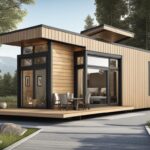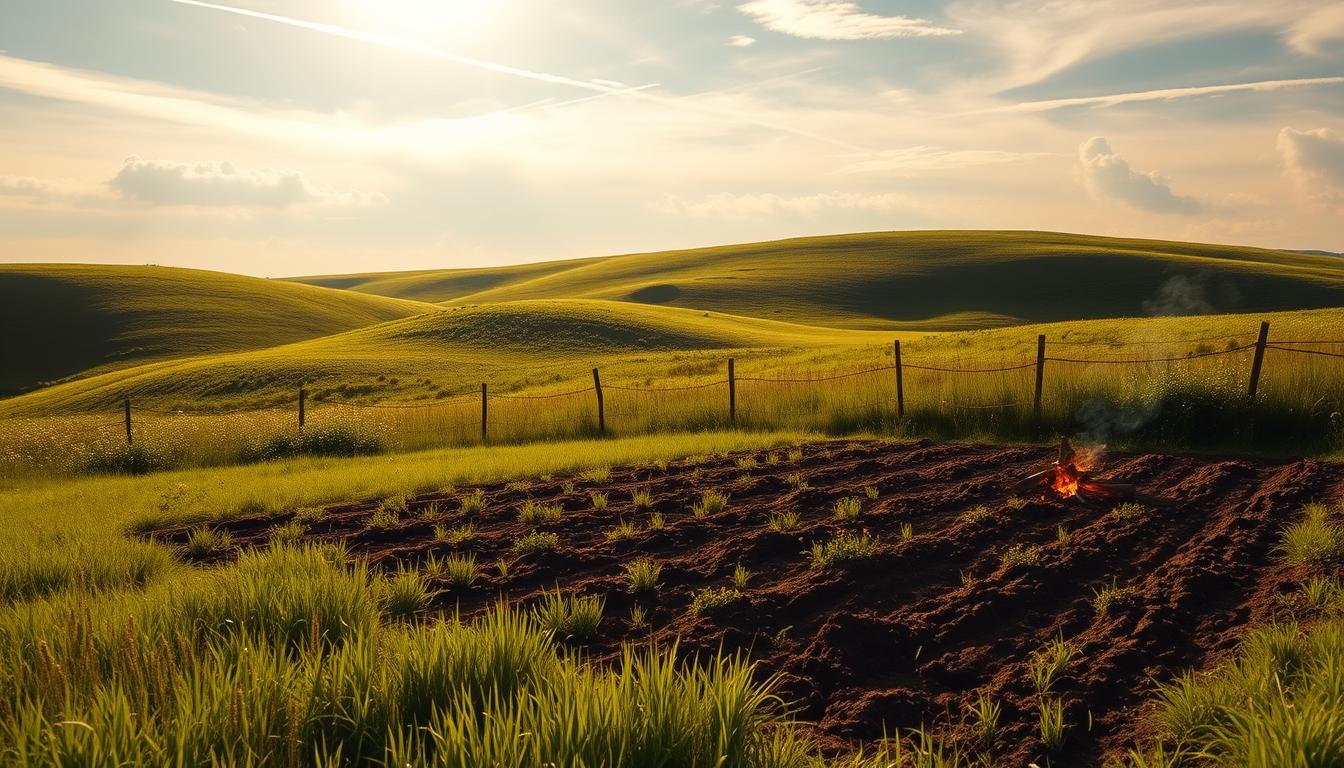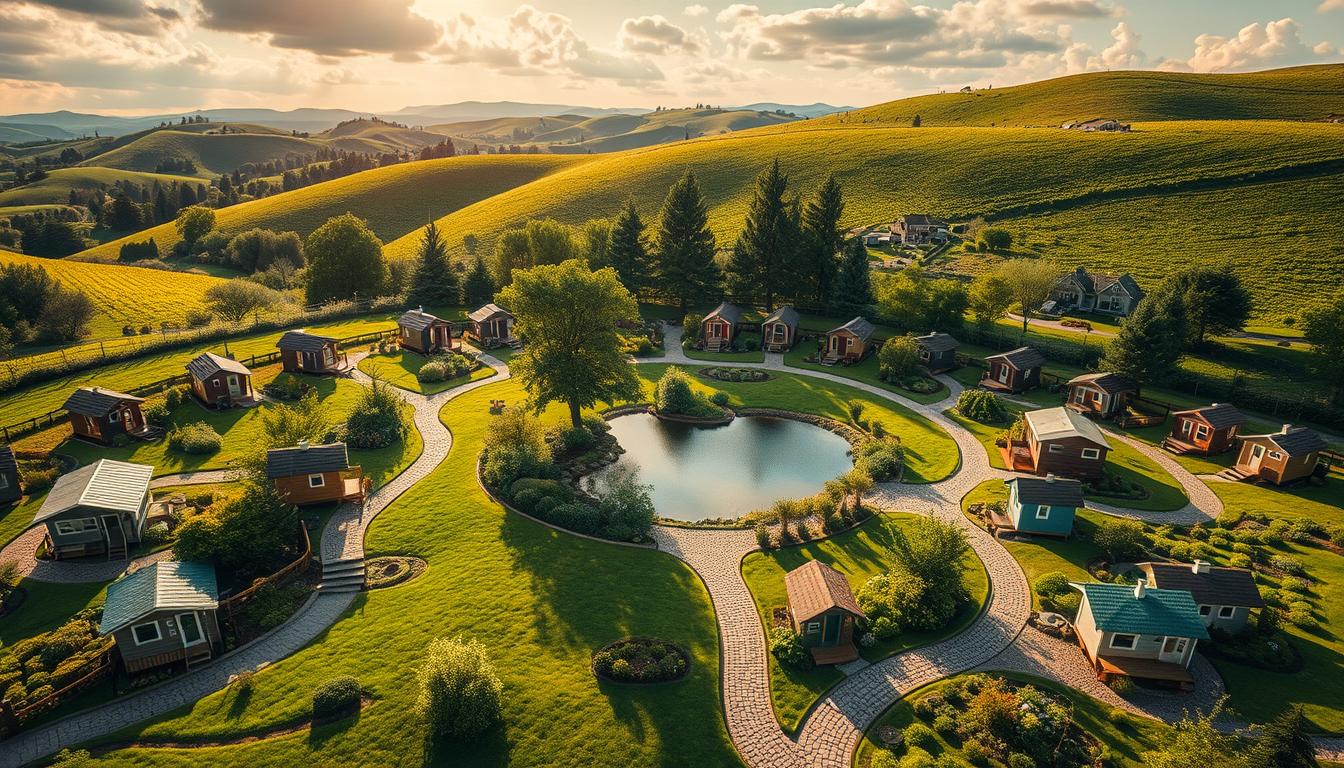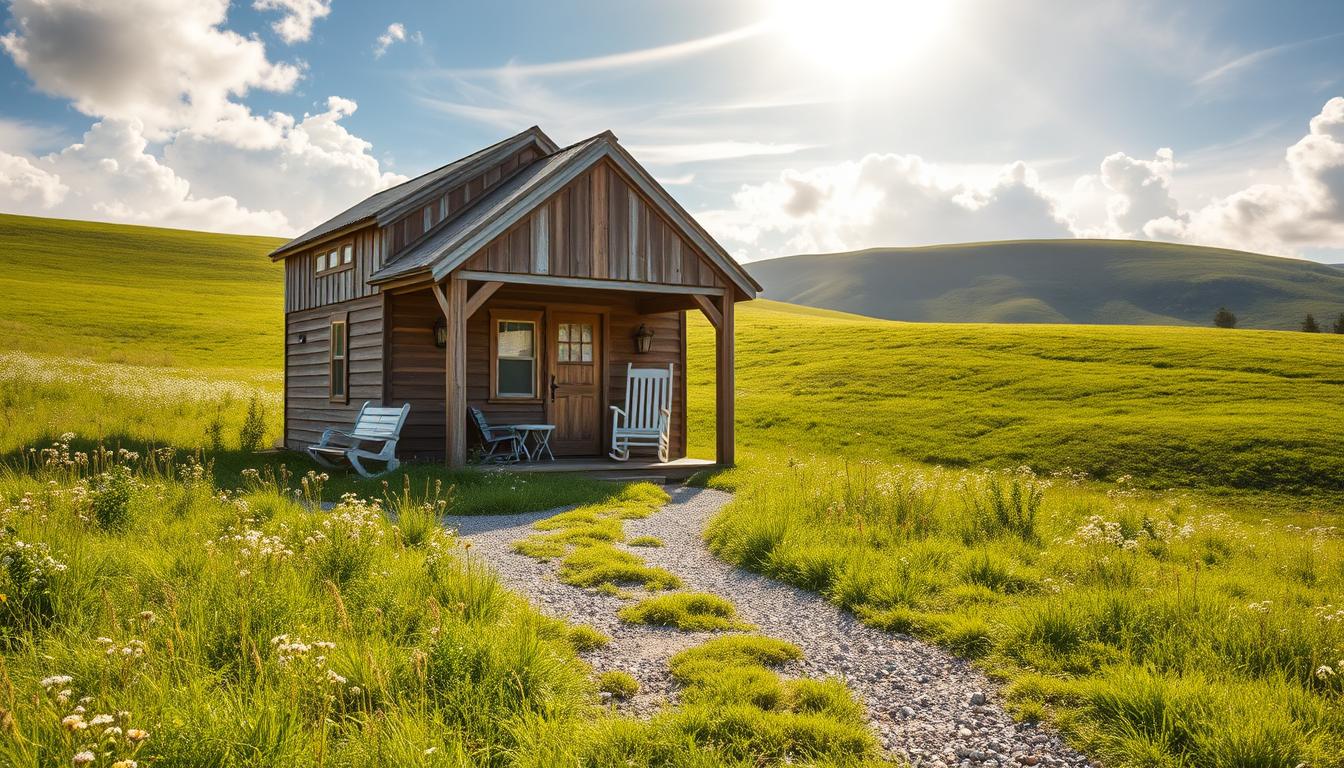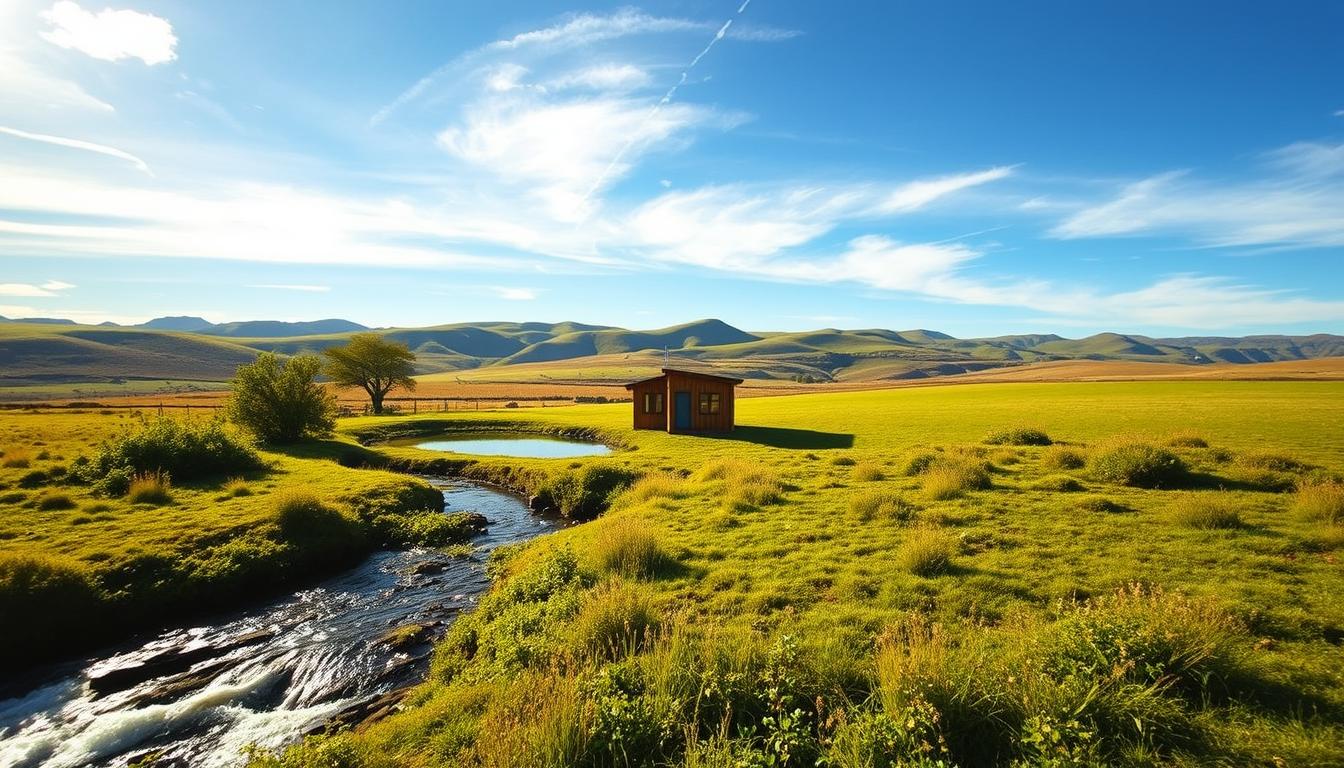What to Learn About Prefab Tiny Houses
- Definition and advantages of prefab tiny houses.
- The process, customization options, and cost considerations of prefab tiny house construction.
- Environmental sustainability and regulatory considerations for prefab tiny houses.

I. Introduction to Prefab Tiny Houses
Are you considering a sustainable and affordable living option? Prefab tiny houses, also known as prefabricated tiny houses, are a growing trend in modern sustainable living. These compact dwellings are constructed off-site in advance and then transported to the desired location for assembly. This innovative approach to housing offers numerous advantages, making it an attractive option for individuals seeking affordable, eco-friendly, and customizable living spaces.
Defining Prefab Tiny Houses
Prefab tiny houses are small, portable dwellings that are manufactured in a factory setting, typically in modules or panels, and then transported to the final location for assembly. They are designed to maximize space efficiency without compromising on comfort and functionality. These homes come in various architectural styles and can be customized to suit individual preferences and needs.

Advantages of Prefab Tiny Houses
1. Affordability
One of the primary advantages of prefab tiny houses is their affordability. The streamlined construction process and controlled factory environment often result in lower costs compared to traditional site-built homes. Additionally, the smaller footprint of these homes translates to reduced utility expenses, making them a cost-effective housing option.
2. Speed of Construction
The construction of prefab tiny houses is significantly faster than that of traditional homes. Once the design and manufacturing processes are complete, the assembly and installation on-site can be accomplished in a matter of days, offering a swift path to homeownership.
3. Customization Options
Prefab tiny houses offer a high degree of customization, allowing homeowners to personalize their living spaces according to their specific preferences. From floor plans and interior finishes to sustainable features and energy-efficient systems, customization options are plentiful, enabling individuals to create a home that reflects their lifestyle and values.
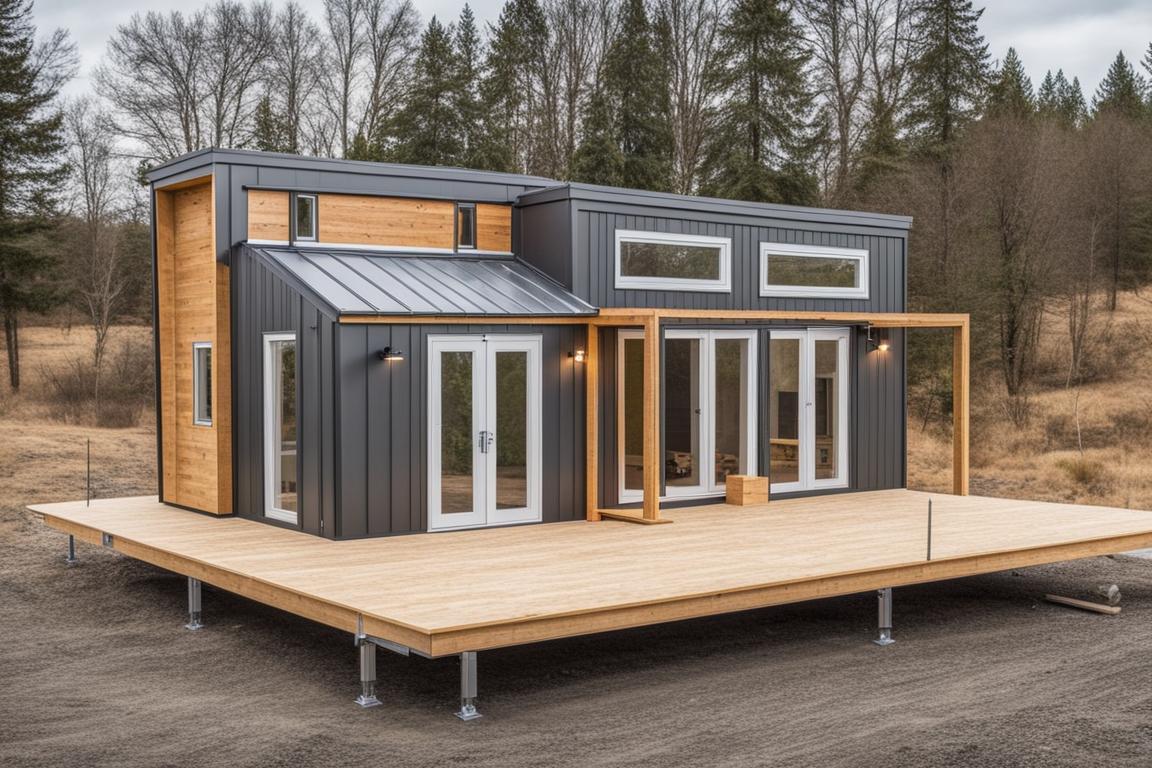
II. The Process of Prefab Tiny House Construction
The construction of prefab tiny houses typically follows a structured process that encompasses design, manufacturing, and installation phases.
Design and Planning Phase
The journey begins with the design and planning phase, during which homeowners work closely with architects and designers to conceptualize their ideal living space. This phase involves selecting floor plans, finalizing layout configurations, and choosing interior and exterior finishes.
Manufacturing and Assembly
Once the design phase is complete, the manufacturing of the prefab components takes place in a controlled factory environment. This phase involves the precise construction of individual modules or panels, including the installation of fixtures, fittings, and sustainable features.
Delivery and Installation
Following manufacturing, the prefab components are transported to the final site for assembly. The installation process is orchestrated by a skilled team, ensuring that the modules are assembled seamlessly to create a complete, fully functional dwelling.
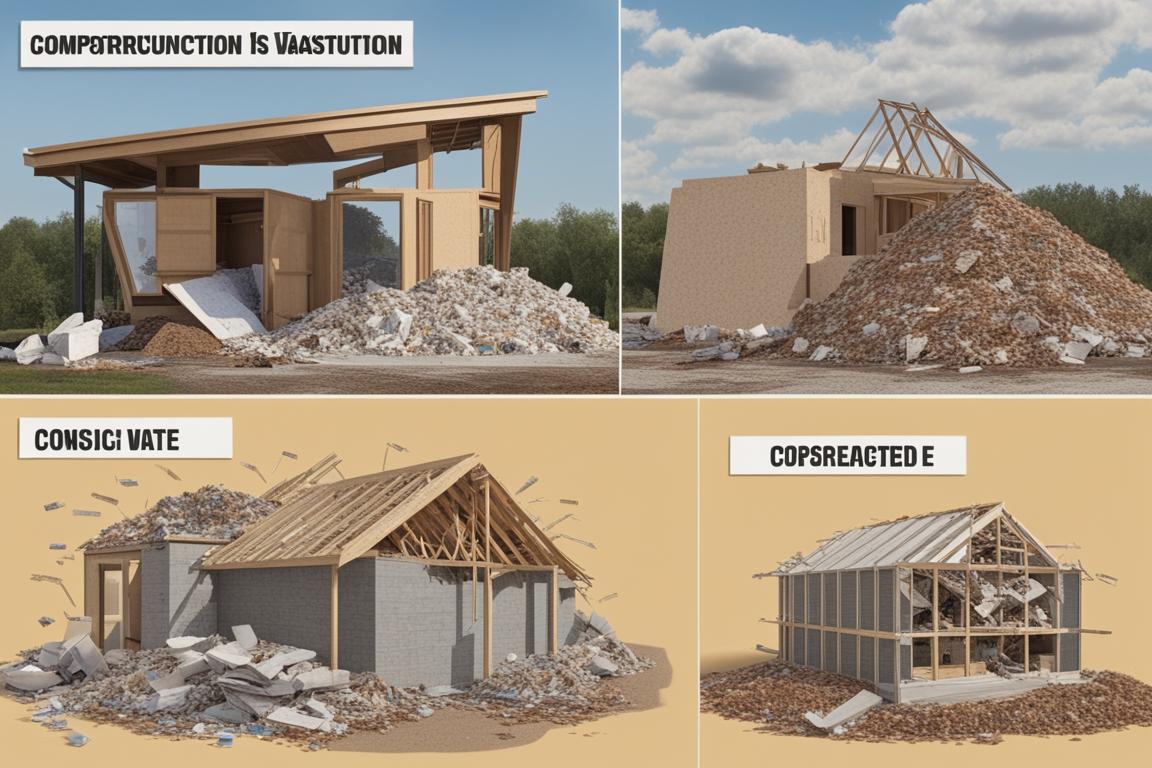
Benefits of Prefab Construction
1. Quality Assurance
Prefab construction benefits from rigorous quality control measures in the factory environment, minimizing the risk of errors and inconsistencies commonly associated with on-site construction.
2. Reduced Material Waste
The controlled manufacturing process of prefab tiny houses results in reduced material waste, contributing to sustainable construction practices and minimizing environmental impact.
3. Limited On-site Disruption
The relatively quick assembly of prefab tiny houses translates to limited on-site disruption, offering a more efficient and less intrusive construction experience compared to traditional building methods.
| Customization and Design Options | Description |
|---|---|
| Floor Plans and Layouts | Homeowners can choose from a variety of floor plans and layouts to optimize space utilization and create functional living areas that cater to their lifestyle requirements. |
| Interior and Exterior Finishes | From interior fixtures and finishes to exterior cladding and roofing options, prefab tiny house owners have the freedom to select materials and design elements that align with their personal style and sustainability goals. |
| Sustainable Features and Energy Efficiency | Prefab tiny houses can incorporate a range of sustainable features, including solar panels, energy-efficient appliances, and eco-friendly building materials, enabling homeowners to minimize their environmental footprint and reduce utility costs. |

III. Customization and Design Options for Prefab Tiny Houses
Prefab tiny houses offer a diverse range of customization and design options, allowing homeowners to tailor their dwellings to meet their specific needs and aesthetic preferences.
Floor Plans and Layouts
Real-Life Experiences with Prefab Tiny Houses
Embracing Sustainable Living
I first encountered the concept of prefab tiny houses when my friend Sarah decided to downsize and adopt a more sustainable lifestyle. After researching various options, she settled on a prefab tiny house that offered energy-efficient features and a minimalistic design.
Sarah’s experience with the construction process was seamless. The manufacturing and assembly phase was completed in a fraction of the time it would have taken for a traditional home. The delivery and installation were also efficient, causing minimal disruption to the environment.
Living in her prefab tiny house, Sarah found that the sustainable features and energy-efficient design not only reduced her carbon footprint but also significantly lowered her utility bills. The use of eco-friendly materials and the small ecological footprint of the house aligned with her values of environmental conservation.
Sarah’s real-life experience showcases the practicality and benefits of prefab tiny houses in promoting sustainable living. Her story serves as a testament to the positive impact of embracing a minimalist and eco-friendly lifestyle through the choice of a prefab tiny house.
Homeowners can choose from a variety of floor plans and layouts to optimize space utilization and create functional living areas that cater to their lifestyle requirements.
Interior and Exterior Finishes
From interior fixtures and finishes to exterior cladding and roofing options, prefab tiny house owners have the freedom to select materials and design elements that align with their personal style and sustainability goals.
Sustainable Features and Energy Efficiency
Prefab tiny houses can incorporate a range of sustainable features, including solar panels, energy-efficient appliances, and eco-friendly building materials, enabling homeowners to minimize their environmental footprint and reduce utility costs.
In conclusion, prefab tiny houses offer an array of benefits, from affordability and speed of construction to customization options and sustainable features. These dwellings present a viable and attractive alternative for individuals seeking modern, eco-friendly, and affordable living solutions. For those interested in exploring this housing option, consulting with industry experts and seeking real-life examples of prefab tiny house living experiences can provide valuable insights and guidance.
Common Questions
What is a prefab tiny house?
A prefab tiny house is a small, complete home that is manufactured off-site and then assembled on location.
How much does a prefab tiny house cost?
The cost of a prefab tiny house can vary, but you can expect to pay anywhere from $20,000 to $150,000, depending on size and features.
Who can benefit from a prefab tiny house?
Prefab tiny houses are great for individuals or couples looking for an affordable and sustainable housing option.
What are the benefits of a prefab tiny house?
Prefab tiny houses are cost-effective, eco-friendly, and can be customized to fit your specific needs and lifestyle.
How long does it take to assemble a prefab tiny house?
Depending on the size and complexity, assembling a prefab tiny house can take anywhere from a few days to a few weeks.
Isn’t living in a tiny house too cramped?
Prefab tiny houses are designed with smart space-saving solutions to maximize comfort and functionality within a small footprint.
With over a decade of experience in sustainable architecture and construction, [Author] is a leading expert in the field of prefab tiny house design and construction. Holding a Master’s degree in Sustainable Architecture from the University of California, Berkeley, [Author] has been involved in various research projects focused on sustainable housing solutions.
Having worked with renowned prefab construction companies, [Author] has contributed to the development of innovative, energy-efficient, and affordable prefab tiny house designs. [Author] has also been published in several reputable architecture and sustainability journals, including the Journal of Sustainable Design and the International Journal of Green Building.
In addition to their practical experience, [Author] has conducted extensive research on the environmental impact of prefab construction, citing studies from the National Institute of Standards and Technology and the International Institute for Sustainable Development. Their expertise and passion for sustainable living make them a trusted voice in the prefab tiny house industry.
